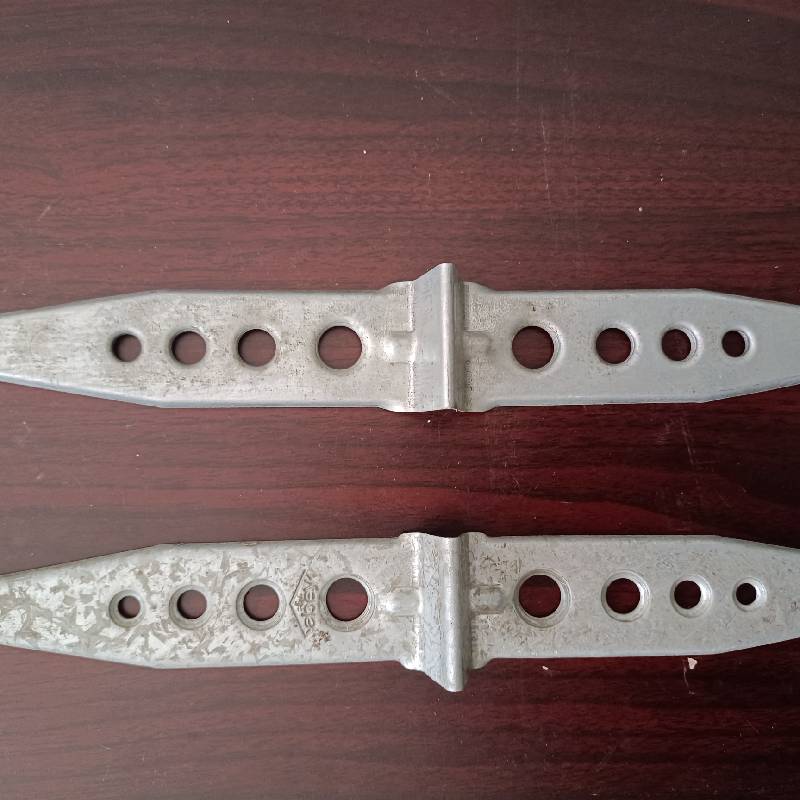
- Mobile Phone
- +8613931874955
- sales@cntcmetal.com
permanent formwork
The Benefits and Applications of Permanent Formwork in Construction
In the ever-evolving landscape of construction technology, permanent formwork stands out as a revolutionary advancement that is reshaping traditional building methods. Unlike traditional formwork, which is typically temporary and removed after the concrete sets, permanent formwork remains in place, providing structural support as well as insulation and finishing to buildings. This article delves into the benefits, applications, and future potential of permanent formwork in the construction industry.
Understanding Permanent Formwork
Permanent formwork is essentially a structural system comprised of materials that remain in position as a part of the completed building. Common materials used for permanent formwork include precast concrete panels, steel sheets, and composite materials. These components serve multiple functions, including forming the shape of the walls or slabs, providing structural integrity during the curing of concrete, and contributing to the overall aesthetics of the structure.
Key Benefits of Permanent Formwork
1. Time Efficiency One of the primary advantages of permanent formwork is the significant reduction in construction time. Because the formwork remains in place, crews do not need to spend additional hours dismantling and removing temporary forms. This efficiency allows for faster project completion, which is crucial in today’s competitive construction environment.
2. Cost-Effectiveness Although the initial investment may be higher compared to traditional formwork, permanent formwork can lead to financial savings in the long run. The reduction in labor costs and the need for fewer materials can offset the upfront expenses. Additionally, improved energy efficiency in buildings can reduce long-term operational costs.
3. Enhanced Structural Integrity Permanent formwork provides additional benefits to a building’s structural integrity. Certain systems incorporate insulation within the formwork panels, offering better thermal performance. This not only enhances energy efficiency but also contributes to improved sound insulation, making buildings more comfortable for occupants.
4. Sustainability Permanent formwork often incorporates sustainable materials, making it an appealing option for eco-conscious builders and developers. By utilizing recycled materials or designing systems that enhance a building's energy profile, permanent formwork contributes to greener building practices.
permanent formwork

5. Aesthetic Flexibility With permanent formwork, architects and builders have an array of design options at their disposal. The materials used can provide various textures, colors, and finishes, enabling developers to create unique and visually appealing structures without the need for additional cladding or finishes.
Applications in Construction
Permanent formwork is increasingly being utilized in a range of construction projects, from residential buildings to commercial complexes and infrastructure projects.
1. Residential Construction Many modern homes utilize permanent formwork systems for walls and foundations. These systems not only create sturdy structures but also contribute to energy efficiency standards, making homes more environmentally friendly.
2. Commercial Buildings In commercial construction, the speed and efficiency of permanent formwork can significantly impact project timelines. Office buildings, retail spaces, and warehouses benefit from the structural advantages and design flexibility offered by these systems.
3. Infrastructure Projects Permanent formwork has found its place in infrastructure projects such as bridges and tunnels, where durability and strength are paramount. The ability to incorporate insulation and other features can enhance the lifespan of these structures and reduce maintenance costs.
The Future of Permanent Formwork
As the construction industry continues to innovate, the future of permanent formwork looks promising. Advancements in materials technology, such as the development of high-performance composites and 3D-printed systems, are likely to enhance the functionality and appeal of permanent formwork options. Furthermore, as sustainability becomes an increasingly vital consideration in construction, the role of permanent formwork in promoting energy-efficient designs and reducing waste will continue to grow.
In conclusion, permanent formwork is transforming the construction industry by offering a myriad of benefits, including time and cost savings, enhanced structural integrity, and ecological advantages. As builders, architects, and developers seek more efficient and sustainable building methods, the adoption of permanent formwork is expected to gain momentum, paving the way for innovative and resilient structures in the future.
share:
-
Why Sacrificial Formwork Is Redefining Underground ConstructionNewsJun.06,2025
-
The Structural Dynamics of Modern Concrete: How Snake Spacers Revolutionize Flexible ReinforcementNewsJun.06,2025
-
Snake Spacers Smart-Lock Concrete Reinforcement with Surgical PrecisionNewsJun.06,2025
-
Snake Spacers: Reinforcement Precision for Modern Concrete ProjectsNewsJun.06,2025
-
Snake Spacers Powering Concrete's Structural DNANewsJun.06,2025
-
Slither into Success: Snake Spacers' Precision Bite for Unbreakable ReinforcementNewsJun.06,2025
-
Sacrificial Formwork: Building Stronger, Faster, and Safer StructuresNewsJun.06,2025



















